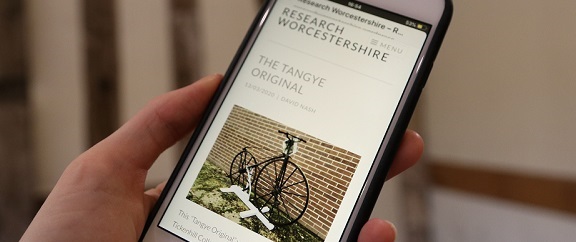
Georgians: The Pride & The Prejudice Exhibition
The Georgians lived through a time of contrasting shades. In many ways the age has been seen as one of splendour: the might of Empire, the dominance of the Royal Navy, the extravagances and luxuries of the wealthy, cultural expression, Industrial Revolution, beautiful landscapes, and an exploration of newfound political and religious freedoms. However, the Georgian way of life was built at the expense of the human cost of Empire, slavery, exploitation and violence – the exhibition will also explore the lives of ordinary individuals who did not prosper like the middle- and upper-classes.
On this page: Browse the information panels just like you would in the gallery, hear all about Georgian men’s fashion from a costume expert and find extra discussion topics, articles and activities.
Browse the exhibition
Browse through the text panels and get a close up look at some of the wonderful objects featured in Georgians: The Pride & The Prejudice.. Click the tabs below to move through highlights of the exhibition.
Georgians: the Pride and the Prejudice
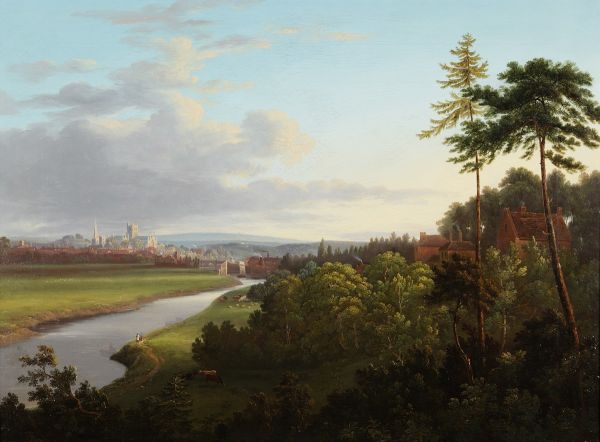
The Georgian period can captivate an audience like no other. The grandeur of the architecture, the extravagance of the fashion and the intricacies of the social etiquette create a wonderful image of elegance and exuberance which has been celebrated time and time again in literature, television and film.
But at what cost?
Join us, and our make-believe family, for a whirlwind tour that begins in the splendour of Regency Worcester and ends with a glimpse into the fragile reality upon which it was built.
Let us begin where stories so often do – with a pretty young woman in need of a husband…
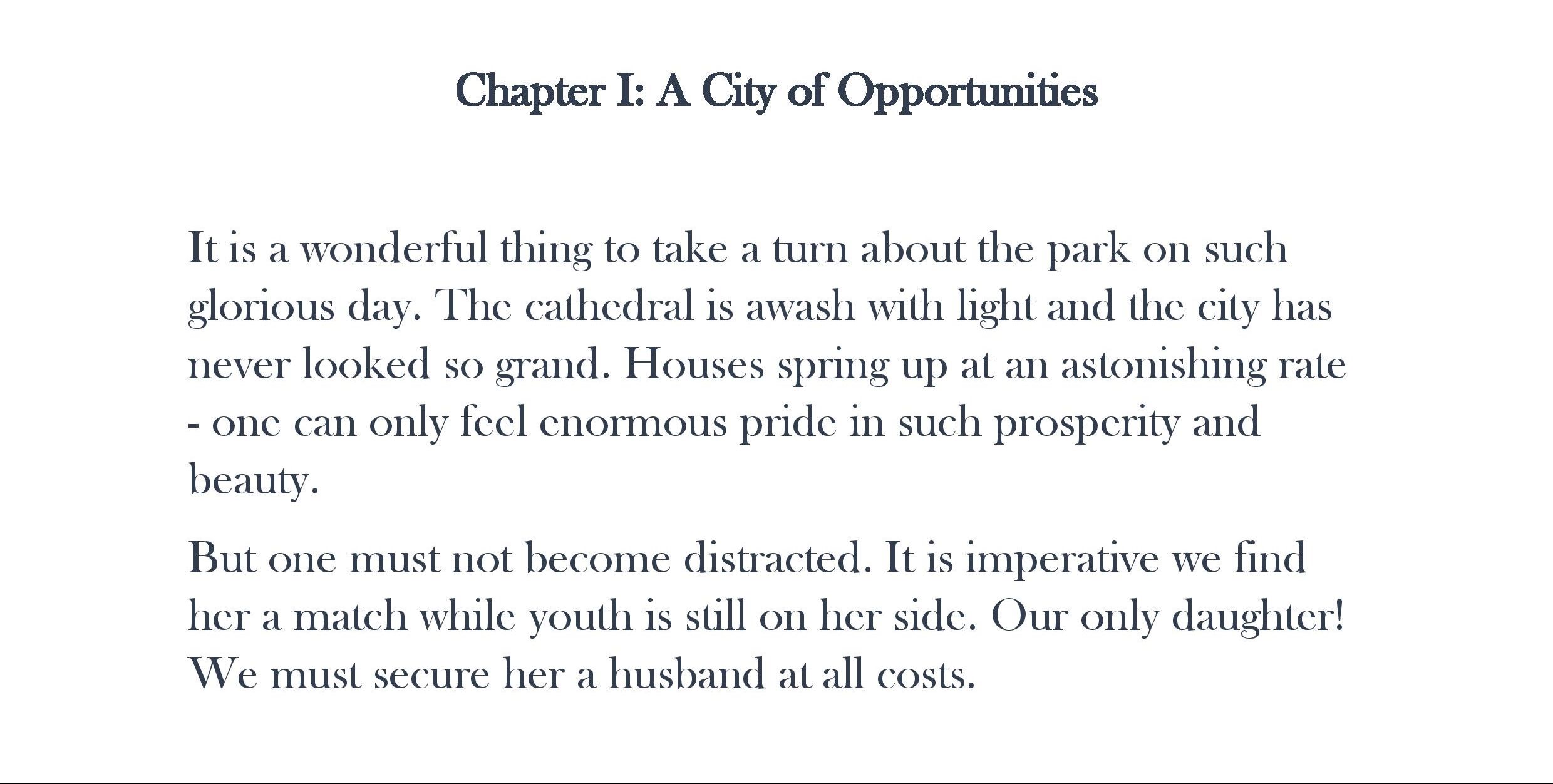
The landed gentry, merchants and growing professional classes of lawyers, doctors and financiers prospered in eighteenth century Worcester.
They remodelled much of the city in the new style, characterised by symmetry and balance, and invested in local churches to bring them back to former glories.
Parks such as Sansome Fields, later Arboretum Gardens, were established and natural springs like those found at the bottom of Tallow Hill were exploited for the Georgian trend of ‘taking the waters’.
In Detail… A Prospect of Worcester from the East
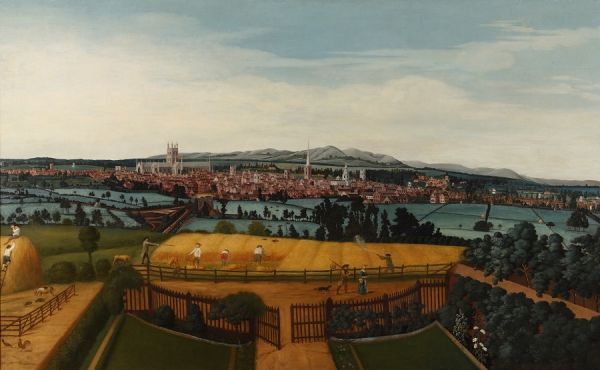 A Prospect of Worcester from the East is an oil painting on canvas. It was painted around 1750 and has been attributed to John Harris the Younger (1720-1755) based on analogy with other known works by the artist, although this is yet to be confirmed.
A Prospect of Worcester from the East is an oil painting on canvas. It was painted around 1750 and has been attributed to John Harris the Younger (1720-1755) based on analogy with other known works by the artist, although this is yet to be confirmed.
Worcester City Museums acquired this painting in 1987 with generous assistance from the V&A / MGC Purchase Grant Fund, NACF and the general public. At the time of purchase the picture caused some excitement in the city, depicting as it does an accurate view of Worcester as it stood in the mid eighteenth century. It was a period of intense remodelling, rebuilding and civic pride.
The spires of St Andrews and St Nicholas were brand new additions to the Worcester skyline. The Cathedral and castle are visible as are the sails of trows moving along the River Severn, and the Malvern Hills in the background. Worcester would become known for its Georgian architecture from that time to the present day.
The location from which this artwork was painted has long been known. The easily identifiable shape of the garden that makes up the foreground of the painting can be found on the Doherty map of Claines which was completed in 1751. The map is now in the care of Worcestershire Record Office. The building was called The Redhouse and stood in the area of present day Lansdowne Crescent.
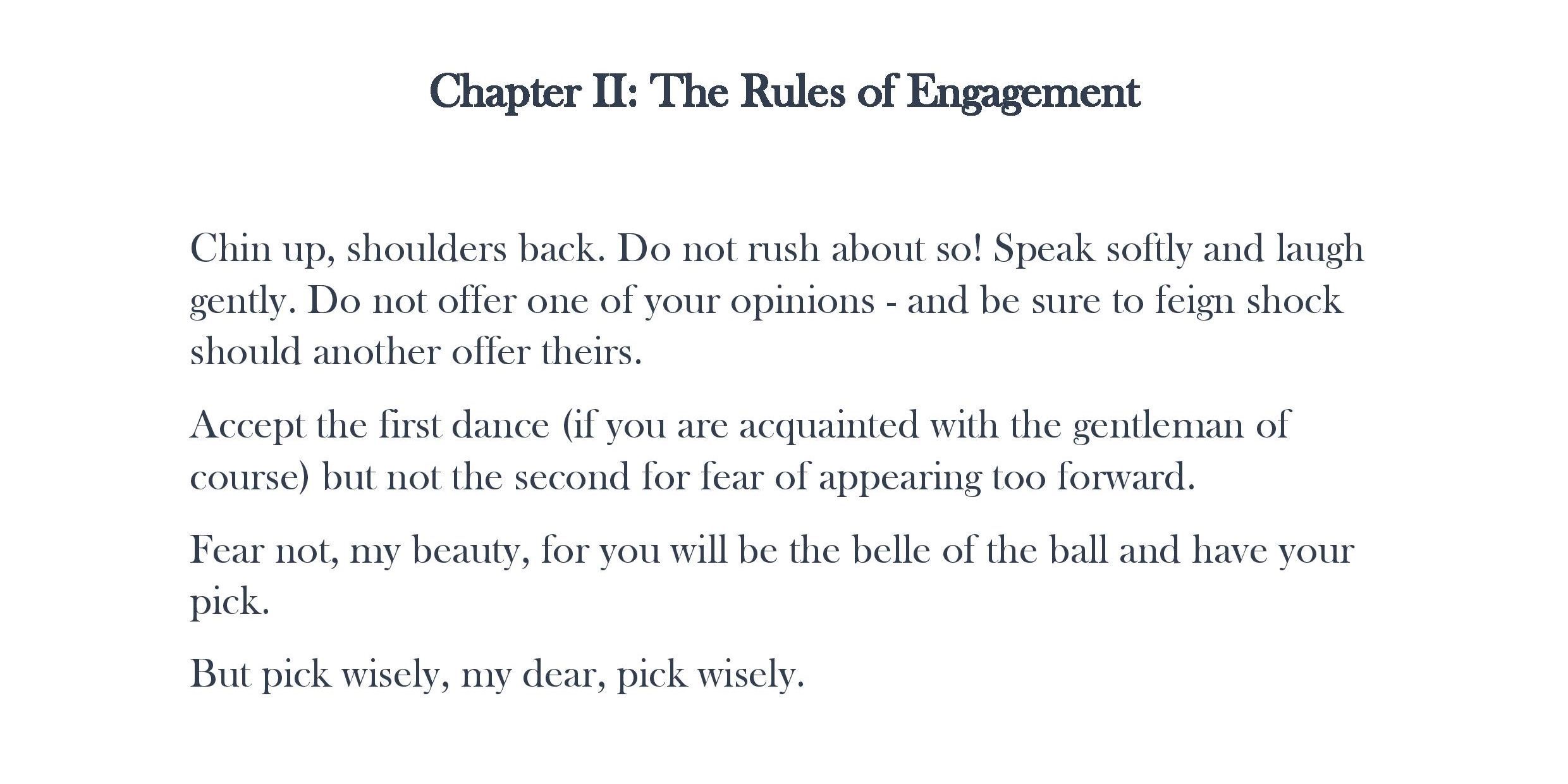
In fine houses across the country one might find a little bit of Worcester. From the porcelain, given its Royal Warrant in 1789, to the gloves, to the very bricks themselves, Worcester’s trades were in demand – but for the people that lived in these fine surroundings, social etiquette was as strict as any business contract.
Both men and women had to adhere to an extensive list of regulations- from what they may wear, to how they must eat, to how they should conduct themselves in public. One mistake could ruin a reputation.
To get a feel for the ambience of a Georgian drawing room, click here to hear an Erard harp similar to the one from our collection that was restored for the exhibition.
The Jefferys Family Portraits
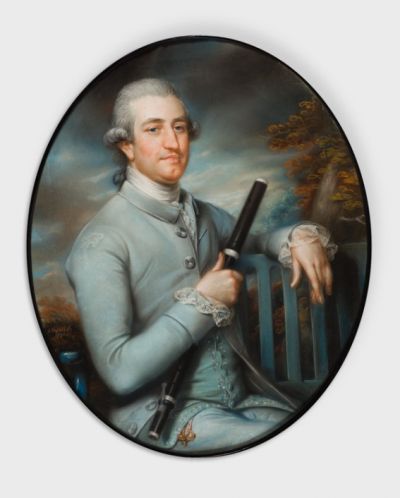 A few years ago, Worcester City Museum and Arts Council were bequeathed four portraits of the Jefferys (also spelled Jefferies) family from Kidderminster. Three of which are by the renowned pastelist John Russell RA (1745 – 1806), and all of which were displayed in our Georgian drawing room.
A few years ago, Worcester City Museum and Arts Council were bequeathed four portraits of the Jefferys (also spelled Jefferies) family from Kidderminster. Three of which are by the renowned pastelist John Russell RA (1745 – 1806), and all of which were displayed in our Georgian drawing room.
Inspired by the work of his master Francis Cotes and Rosalba Carriera, whose work he collected, John Russell worked mostly in oil pastel and would smudge the outlines then add finishing details in black. In 1788 he was Elected Royal Academician and went on to be appointed Crayon (pastel) Painter to King George III in 1790. Russell charged 30 guineas for a head portrait such as this and up to £150 for full-length group paintings – prices comparable to Joshua Reynolds PRA.
The earliest portrait from the collection is a pastel on paper of John Jefferies (1714 – 1785) and is attributed to John Russell. John Jefferys was an affluent corn miller and leased the Kidderminster town mill.
Along with his son and heir, Matthew, John was among the members of the non-conformist congregation in Kidderminster who broke away become leaders of New Meeting.
The most lavish portrait from the Jefferies family collection is of Matthew Jefferies (1740 – 1814), pictured here, the eldest son of John Jefferies and was created in 1775.
Matthew followed his father’s footsteps and took over the town mill and, building on the family fortune, became one of Kidderminster’s wealthiest residents. He purchased a number of local manor houses and built Blakebrook House in Kidderminster sometime before 1795.
The most recent artwork in the collection by Russell is an 1805 oil on canvas portrait of Matthew’s younger brother, Thomas Jefferies (1742 – 1820). Thomas was a goldsmith and worked from Cockspur Street in London. The portraits are not only a beautiful collection of works by a significant artist but also offer a fascinating insight into the financial, social and cultural gentrification of this Kidderminster trade family.
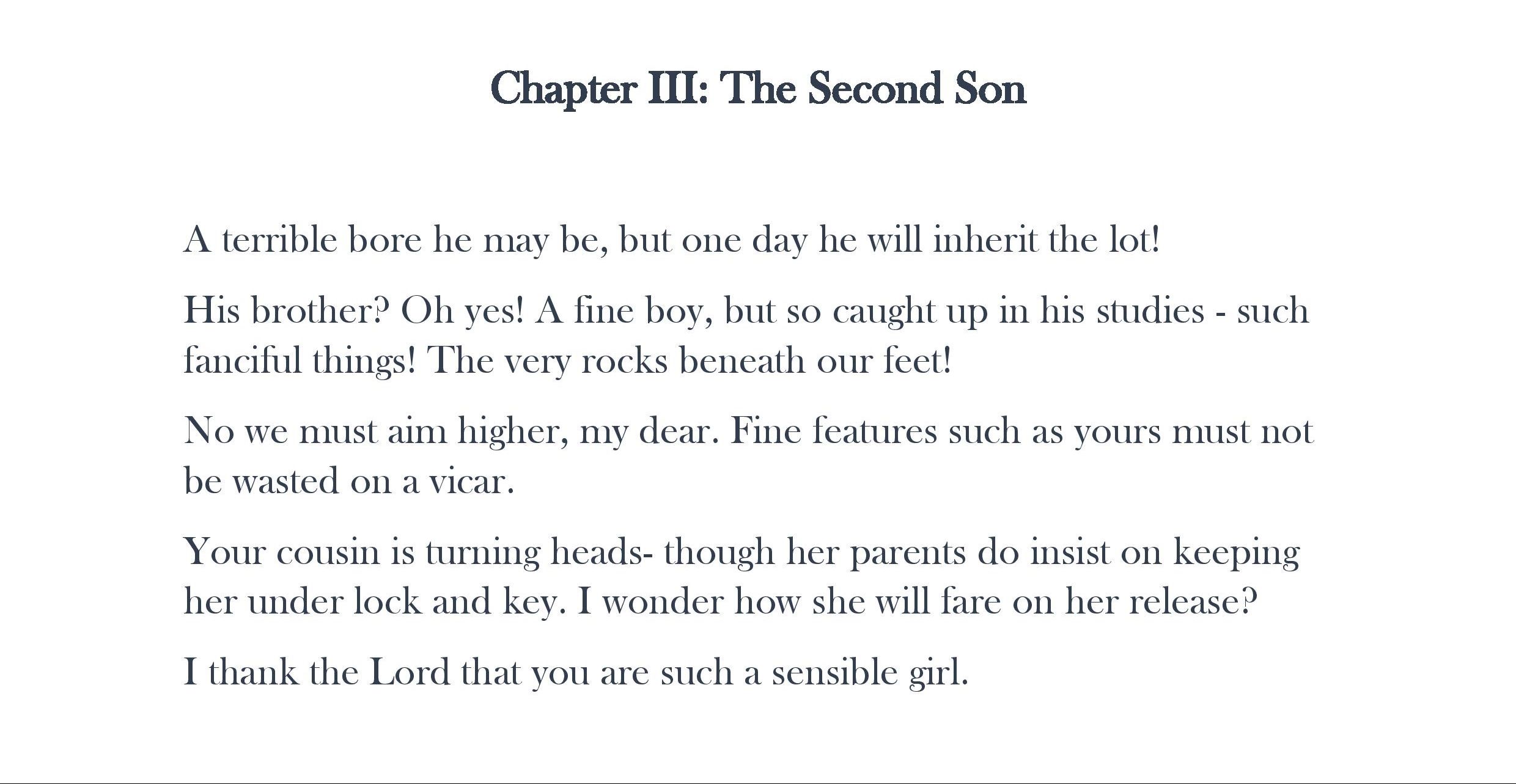
Inheritance laws in the Georgian period were complex, but the family estate would normally be passed on to the first born son, known as primogeniture, in order to keep large landed estates intact.
Younger sons would usually be required to make their own way in the world – ideally through gentlemanly professions like the military (perhaps the most desirable in light of the pride in the emerging British Empire), the church, the law or medicine. Daughters had very few options should they not find a husband to support them.
Geology became a distinct discipline within science in the mid-eighteenth century, and the wider fields of science and technology surged ever forward. A younger son would have had the opportunity to immerse himself in intellectual studies, but without the financial security of inheritance, he may not have been an attractive catch.
In Detail… Miniature portrait of Captain Lavender, 1803-4
 This lovely miniature was loaned from the Worcestershire Yeomanry Museum for the exhibition. Lavender was born in Wolverly in December 1779. He joined the Worcestershire Regiment in c.1802 as a Cornet and was very quickly elevated to Captain. He only served for three years and was married to Frances Rodd at All Saints Church in Evesham in 1807. They raised three daughters Frances, Anne and Mary. He appears to have been working as a Solicitor and Attorney at Law in Evesham for much of his working life.
This lovely miniature was loaned from the Worcestershire Yeomanry Museum for the exhibition. Lavender was born in Wolverly in December 1779. He joined the Worcestershire Regiment in c.1802 as a Cornet and was very quickly elevated to Captain. He only served for three years and was married to Frances Rodd at All Saints Church in Evesham in 1807. They raised three daughters Frances, Anne and Mary. He appears to have been working as a Solicitor and Attorney at Law in Evesham for much of his working life.
It is possible that the miniature was produced for his future wife in 1804. Just a year later he was appointed by the Lord Chancellor as Master Extraordinary in the High Court of Chancery, which may explain why he left the Regiment. He died aged 49 years and was buried in St. Lawrence’s Church Yard in Evesham.
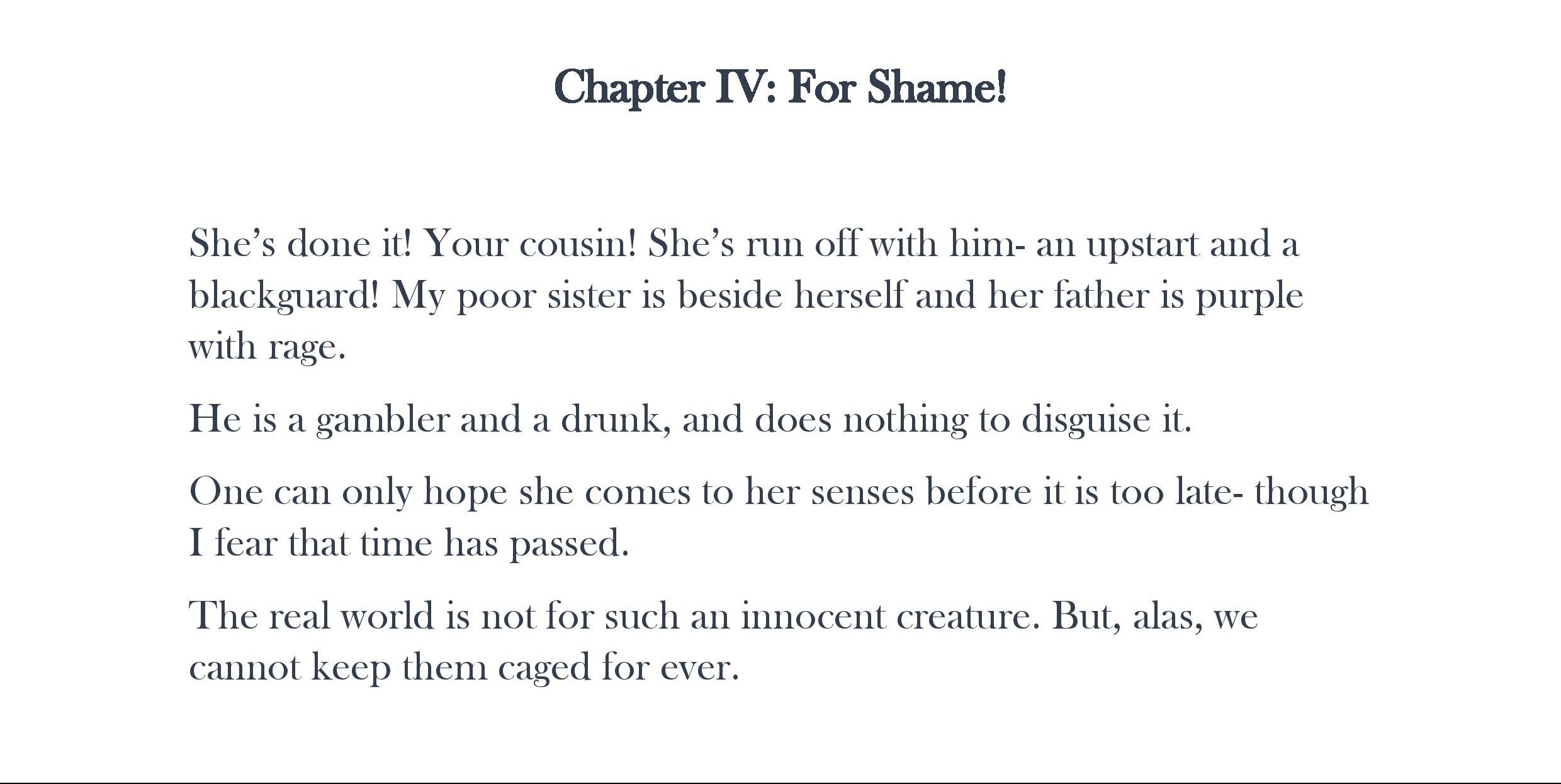
Theatre was hugely popular in the eighteenth century, but it was very different to our modern experience of the stage. Audiences were loud and unruly, often drinking heavily and throwing things at the actors on stage.
Blood sports were also popular, as well as exhibitions and displays of animal – and human – curiosities. Horse racing became a professional sport during the reign of Queen Anne (1702-1714), and expanded rapidly. Races were first held at Pitchcroft in Worcester in 1718.
The new found wealth of the Georgian period and its associated pastimes led to significant problems. A series of laws were passed in attempts to curb gambling, but eye-watering amounts continued to be won and lost.
Heavy drinking was common across all levels of society; in particular a craze for gin was a source of considerable concern. To elope with a person of lower rank, or of questionable character, was considered a disaster, and those involved were often shunned by society.
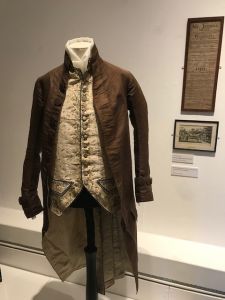
In Detail… Men’s Fashion
We have very few items of male clothing in the costume collection compared to female. What we do have though, is simply stunning. It was wonderful to have the opportunity to display this jacket and waistcoat from the Georgian period in the exhibition.
Watch the video below to see a brief history of Georgian men’s fashion, discussed by Curtis Fulcher, local fashion historian and tailor from Pudleston Makes (@pudlestonmakes). Inspired by our jacket seen on the right.

There are a series of uncomfortable truths behind the extravagances of the Georgian period.
At its heart was the exploitation of people, be they in the plantations, in the colonies, in the factories, or in the slums.
Foundations for change were laid, paving the way for radical Acts which sought to equalise the human experience in later years, but the sacrifices of the masses for the pleasure of the few in the eighteenth century must not be forgotten.
In Detail… Silk dress, c.1770-80
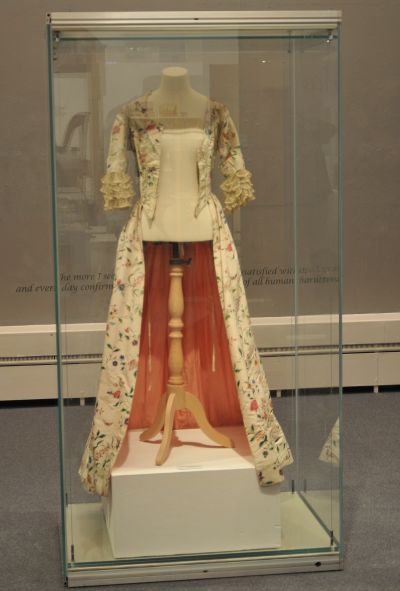 The cream silk used to make this dress is hand painted and the fabric probably came from China. Initially established in the mid-seventeenth century to control the trade of such silks and other luxury goods such as tea and porcelain, the English East India Company later became involved in politics and acted as an agent of British imperialism in India until the mid-nineteenth century.
The cream silk used to make this dress is hand painted and the fabric probably came from China. Initially established in the mid-seventeenth century to control the trade of such silks and other luxury goods such as tea and porcelain, the English East India Company later became involved in politics and acted as an agent of British imperialism in India until the mid-nineteenth century.
By 1803, at the height of its rule in India, the British East India company had a private army of about 260,000—twice the size of the British Army. Widespread corruption and looting of native resources and treasures during its rule resulted in poverty for the subjugated Indian population. Furthermore, famines such as the devastating Great Bengal famine of 1770 were a direct result of the exploitative agricultural practices encouraged by the policies of the company and the forced cultivation of opium in place of grain.
Activities
Maximise your family’s learning with our Georgians creative activities below, part of our Museum Make-athon activities released on our social media accounts every Tuesday & Thursday while our museums are closed – designed to get you discovering, exploring and creating together.
This week's Museum Make-athons will get you thinking about the Georgians! We'll be 'opening the doors' to our online...
Posted by Worcester City Museum & Art Gallery on Tuesday, 12 May 2020
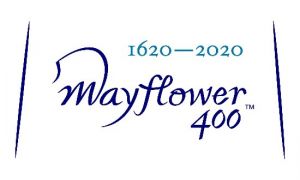
Museums Worcestershire are a proud partner
of Mayflower 400 celebrating the 400th anniversary
of the Mayflower’s voyage.


